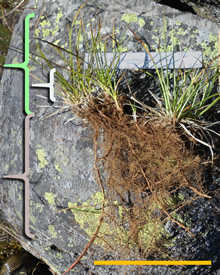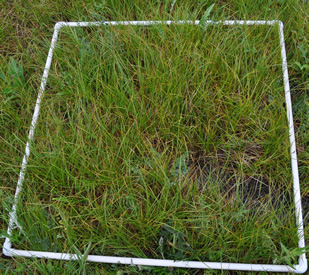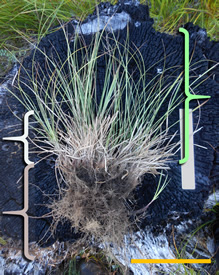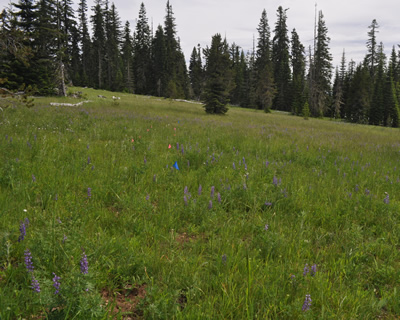Bunchgrass
Ridge![]()
Ecology and restoration
of conifer-invaded meadows:![]()
Research and adaptive management![]()
![]()
| Home > Research > 4. Restoration experiment > Recent results: Community reassembly |
| Recent results: Biotic interactions and community reassembly |
| Home | |||||||||||||||||||||||||||||
| Study area | |||||||||||||||||||||||||||||
| Research | |||||||||||||||||||||||||||||
|
|||||||||||||||||||||||||||||
|
|||||||||||||||||||||||||||||
| Education | |||||||||||||||||||||||||||||
| Outreach | |||||||||||||||||||||||||||||
| Products | |||||||||||||||||||||||||||||
| Participants | |||||||||||||||||||||||||||||
| Key findings | |||||||||||||||||||||||||||||
|
Introduction |
|||||||||||||||||||||
| The outcomes of restoration often hinge on biotic interactions— particularly on priority effects that inhibit or promote community reassembly. Initially, experimental tree removal and fire resulted in a dramatic shift in dominance from forest to meadow species (see Initial results). Subsequently, however, we documented significant variation in meadow community reassembly associated with the changing abundance of the native meadow sedge, Carex inops (see photos, below and right). We explored possible mechanisms for this variation, focusing on
Methods Data sets. The analysis is based on two sets of data:
In each subplot, we estimated the cover (%) of Carex, meadow, and forest species in each of four 1 m2 quadrats (see Sampling design). Species values were summed within each quadrat and averaged to generate subplot means for each sampling date. Analyses. Frequency histograms were used to characterize the changing distributions of Carex and meadow species cover among unburned and burned subplots. We used a series of multiple regression models to test whether local interactions among species could explain variation in the development of Carex or in the reassembly of meadow communities. For each post-treatment date (t), we tested responses to the local competitive environment 2-4 yr earlier, by regressing cover of meadow species (or Carex) on cover of Carex, meadow, and forest species at the previous date (t-1). Separate models were developed for each treatment. In combination, these models explore the nature, timing, and strength of interactions between meadow species and Carex. We then used ANCOVA (1) to model the relationship between past tree influence (expressed by initial cover of meadow species) and cover of both meadow species and Carex at final sampling, and (2) to test whether burning influenced this relationship. |
|
||||||||||||||||||||
|
|||||||||||||||||||||
| Results
& conclusions
|
|||||||||||||||||||||





_Plot_ 8_B(7)_26_Jun_2014_400wX320h.jpg)